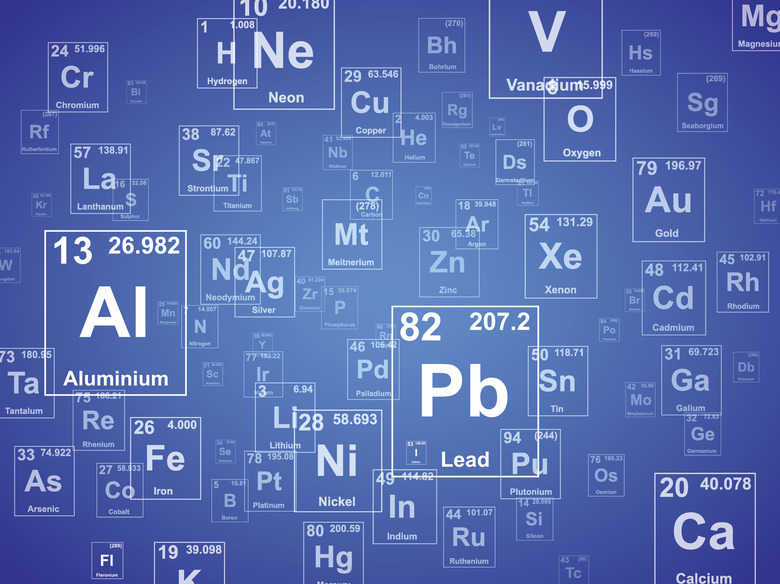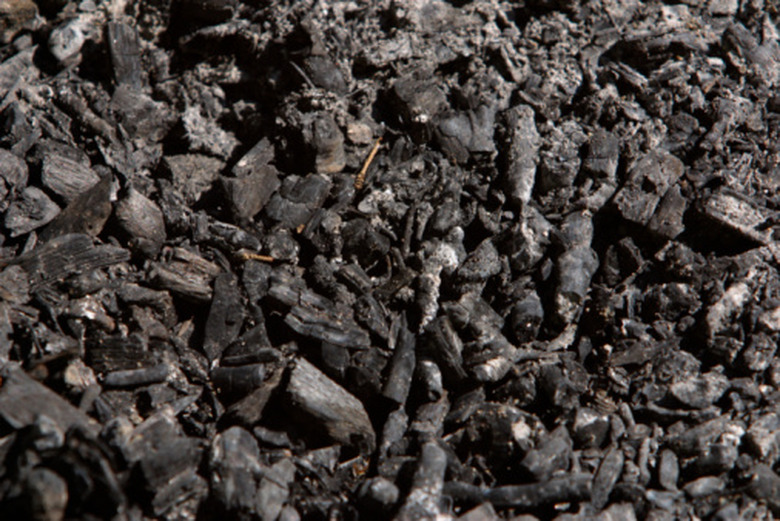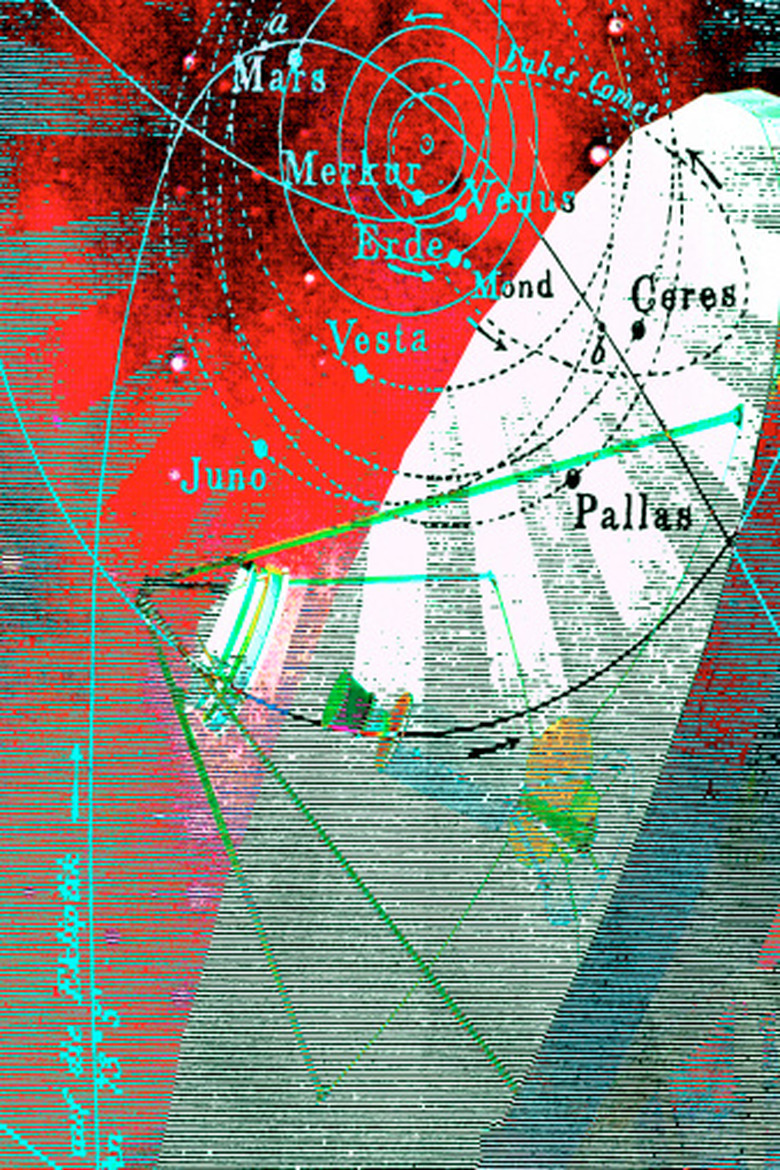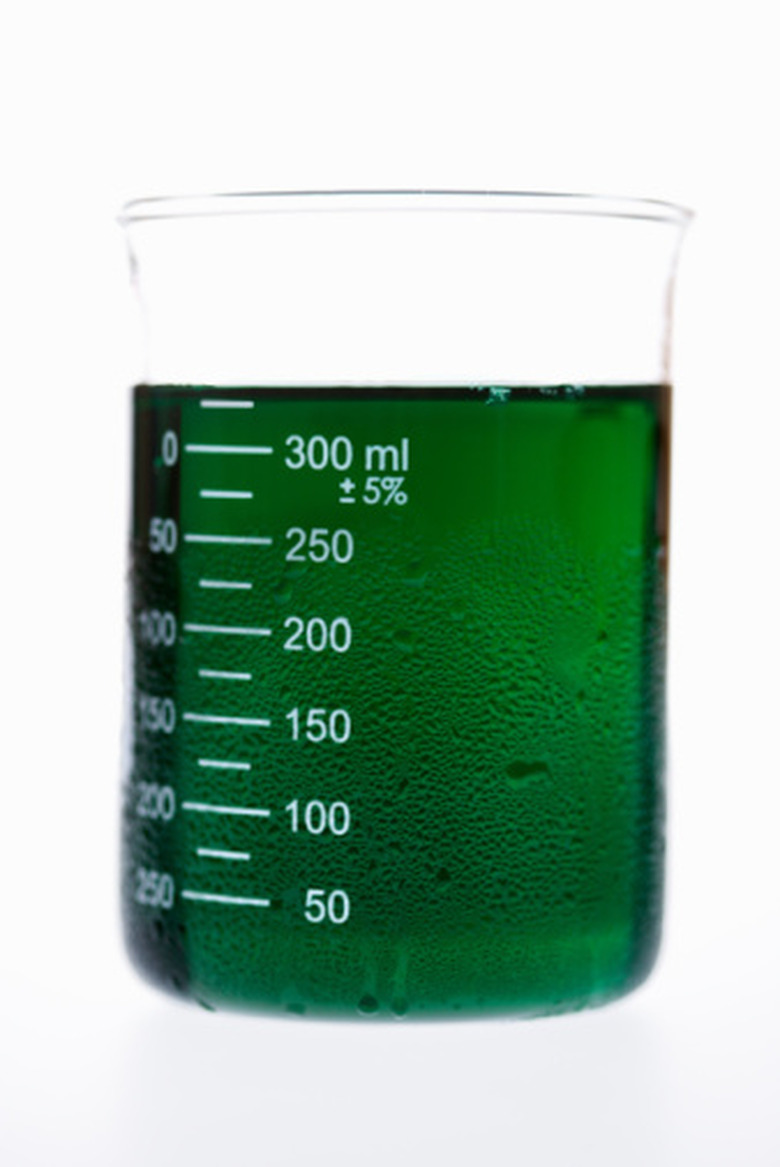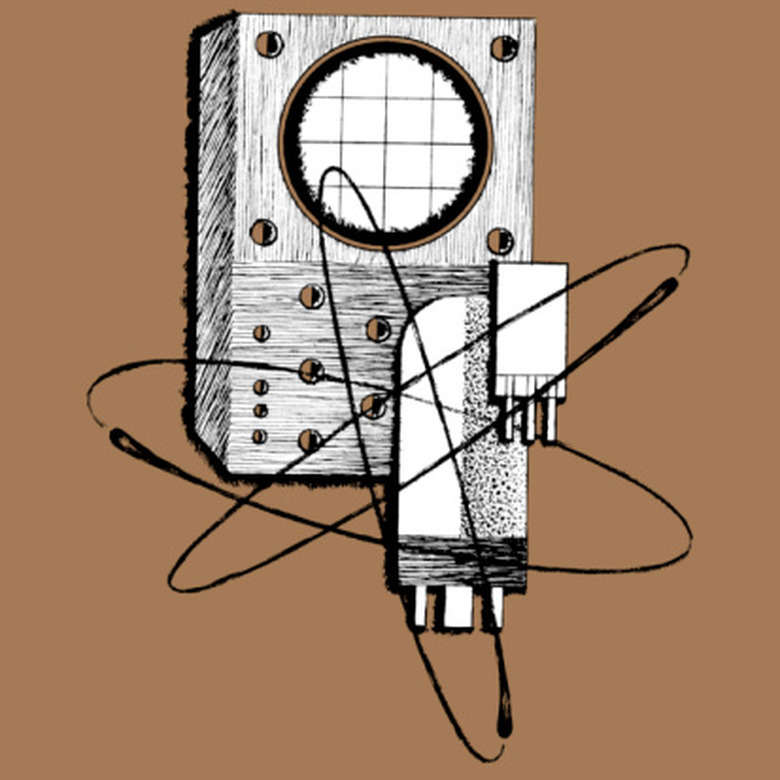Difference Between Relative Atomic Mass & Average Atomic Mass
Atoms have several different components. In the nucleus or core of an atom, there are two types of particles, protons and neutrons. The protons determine what element the atom is, and the atom's properties. The neutrons have almost no effect on the atom's chemical properties, but do affect the atom's weight. Relative and average atomic mass both describe properties of an element related to its different isotopes.
TL;DR (Too Long; Didn't Read)
Relative and average atomic mass both describe properties of an element related to its different isotopes. However, relative atomic mass is a standardized number that's assumed to be correct under most circumstances, while average atomic mass is only true for a specific sample.
Atomic Mass
Atomic Mass
The atomic mass of an atom is the atom's weight standardized to a carbon-12 atom. This number is used to calculate both relative atomic mass and average atomic mass. This gives the atom's weight in Atomic Mass Units or AMUs. This number is specific to a particular isotope of a particular atom. The mass used is somewhat ideal, as it does not take into account bonding energies.
Relative Atomic Mass
Relative Atomic Mass
The relative atomic mass of an element is the average of the weight of all isotopes in a normal environment on the Earth's crust. This number has to be in AMUs. The International Union of Pure and Applied Chemistry publishes suggested values. These values are updated every year and it is assumed that in a given sample of a substance this value can be used for science and industry.
Average Atomic Mass
Average Atomic Mass
Average atomic mass is a very similar concept to relative atomic masses. Again, it is a weighted average of all isotopes of an atom. To find this number, list all isotopes of an atom present, each isotope's mass in AMUs and each isotope's relative abundance as a decimal. Multiply each isotope's mass by that isotope's abundance. Then, add all of the products. This is the average atomic mass for a given sample.
Differences
Differences
Relative and average atomic mass are closely related and the difference between them is subtle. The difference is directly related to the conditions where they are assumed to be correct. The relative atomic mass is assumed to be correct for most of the planet Earth's crust and is a standardized number. An average atomic mass is only true for a given sample, as this number can vary over geologically long periods of time and certain processes which change isotopic ratios.
Cite This Article
MLA
Boumis, Robert. "Difference Between Relative Atomic Mass & Average Atomic Mass" sciencing.com, https://www.sciencing.com/difference-mass-average-atomic-mass-8693786/. 30 April 2018.
APA
Boumis, Robert. (2018, April 30). Difference Between Relative Atomic Mass & Average Atomic Mass. sciencing.com. Retrieved from https://www.sciencing.com/difference-mass-average-atomic-mass-8693786/
Chicago
Boumis, Robert. Difference Between Relative Atomic Mass & Average Atomic Mass last modified March 24, 2022. https://www.sciencing.com/difference-mass-average-atomic-mass-8693786/
